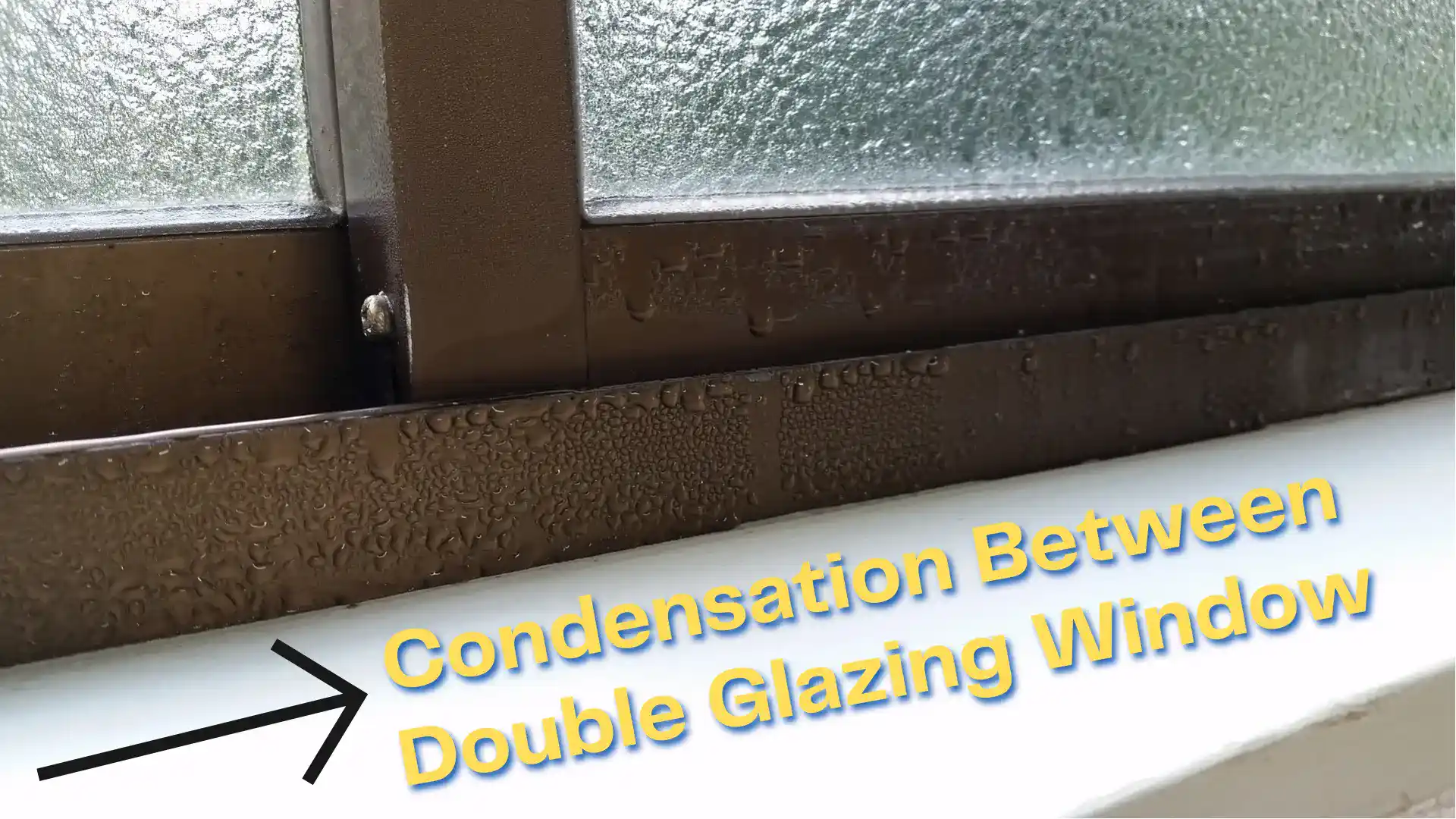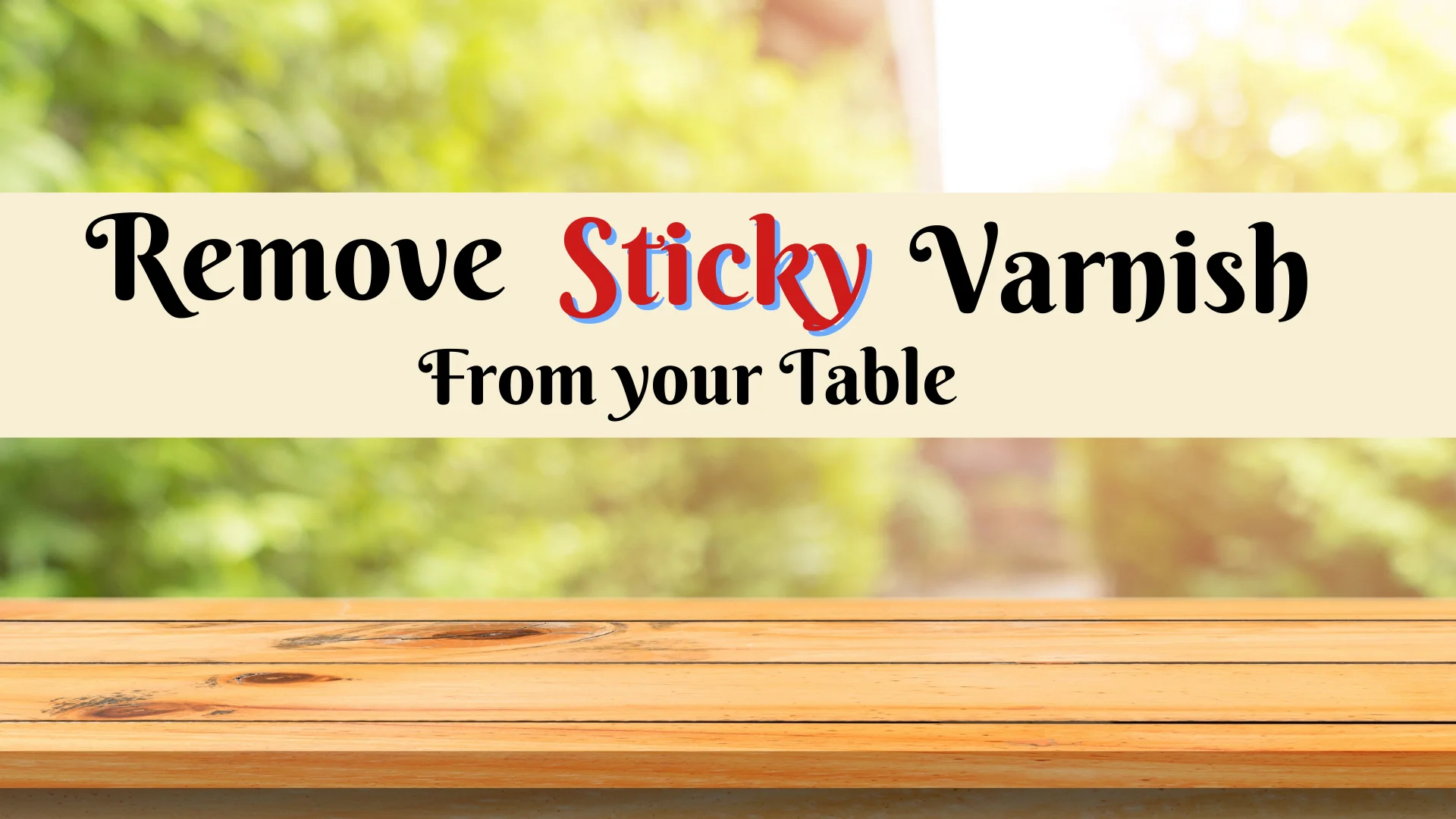How to Get Dried Dog Pee Out of Carpet Diy
Accidents can occur even with the best-trained pets, as every pet owner knows all too well. When your dog has an accident and urinates on the carpet, it can be one of the most frustrating things to happen. It can leave an unpleasant smell if it isn’t cleaned correctly, and the stain is bad enough. These are five do-it-yourself strategies for removing dried dog urine from the carpet. 1. Act fast The first and most critical stage is to take action as soon as possible. The pee will become much more difficult to remove from the carpet the longer it is allowed to lie there. As soon as you realize that there has been an accident, quickly grab some paper towels or a clean cloth and try to soak up as much of the urine as you can. Rub the stain as little as possible because doing so will just spread the pee further into the carpet fibers. You May Also Like How to Prevent and Stop Condensation Kitchenaid Refrigerator Ice Maker Not Working How to Clean the Fridge with Load More 2. Use a vinegar solution A solution made of vinegar is known to be one of the most efficient do-it-yourself methods for cleaning dried dog urine from carpet. Fill a spray bottle with white vinegar and water in equal parts, shake well, and apply liberally to the stain. After letting the solution sit for 10 to 15 minutes, blot the area with a clean cloth to get rid of any extra water. 3. Try baking soda Baking soda is another powerful tool you can use to clean your own carpets. After you have blotted up as much of the pee as you can, liberally sprinkle baking soda over the stain that was left behind. When it has sat for a few hours, the baking soda can be removed with a vacuum. This will assist in eliminating the odor and removing any stains that are still there. 4. Use an enzymatic cleaner Enzymatic cleaners were made so that they could break down the proteins in urine and other organic waste. Choose a cleaner that is designed especially for removing pet stains, and be sure to read and follow all of the directions on the product’s label. It may take these cleaners a little longer to operate than other methods, but they are very effective and will leave your carpet feeling clean and fresh after use. 5. Call in the professionals If you have tried each of these do-it-yourself techniques but the stain continues to persist, it is possible that it is time to bring in the experts. A professional carpet cleaning business will have the equipment and the experience necessary to remove even the most stubborn stains from your carpet, leaving it to appear and smell just like it did when it was first installed. Conclusion In conclusion, accidents happen, and when your dog pees on your carpet, it can be annoying. But, with the help of these five do-it-yourself procedures, you will be able to remove dried dog urine from your carpet and bring it back to its previous splendor. It is important to remember to act fast, use a vinegar solution or baking soda, attempt an enzymatic cleaner, and, if required, bring in the pros. FAQs What is the first step to getting dried dog pee out of carpet? Use as many paper towels as necessary to soak up as much urine as you can. It is best to avoid scratching the area because doing so may spread the pee even further into the carpet. What household items can be used to clean dried dog pee from carpet? Spray the affected area with a mixture of white vinegar and water that has been mixed together in a spray bottle. Repeat the process of blotting the affected area with a clean cloth until the stain is gone. How do you prevent dogs from urinating on the carpet? Use positive reinforcement to encourage your dog to go outside while you are training him to do so. If you keep the living environment of your dog clean and free of odors caused by urine, it will be less likely for them to soil the carpet.





